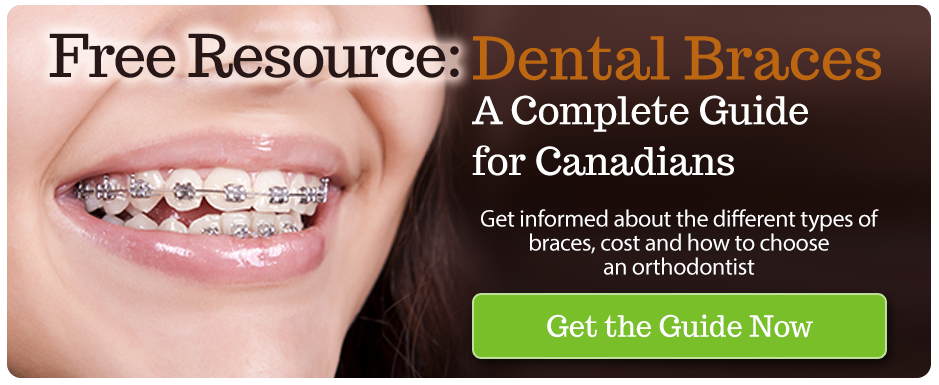Although it’s difficult to put a price tag on a beautiful smile and healthy teeth and jaws, there’s no doubt braces are a significant financial investment.
Here's some payment options for braces and a price range to expect.
Prices can vary between orthodontic clinics. It’s important to take the time to do your research before making a decision. Consulting with several orthodontists of your choice can help determine a price range for
your treatment.
Some of the factors that can go into determining cost can be treatment complexity, treatment duration, type of braces, technology and orthodontist experience. Even location can be a factor. Braces can cost less in rural areas than in urban and less in the Maritimes than in the rest of Canada.
The time of year that you decide to undergo treatment might play a factor as well. For example, you might be able to negotiate a better price at certain slower times of the year, such as during the summer months or Christmas holidays, when many people are on vacation and choose not to undergo treatment.
It can be worthwhile to check into Schools of Dentistry at nearby universities. Teaching clinics at universities train up-and-coming dentists and orthodontists and may offer orthodontic services for significantly reduced fees.
Due to wide variations in pricing, costs for braces can range from about $3,500 up to $10,000 and beyond. Typically, you can expect to pay a premium for the newer types of cosmetically appealing braces compared to the cost of traditional metal braces.
Here’s a look at price ranges for various types of braces:
Traditional metal braces
The most common type of braces can cost anywhere from about $5,000 to $8,000.
Ceramic or clear braces
There is usually a slight premium for these types of braces compared to traditional metal braces since they are more costly to purchase. They can start at about $4,000 and go up from there, depending on
the treatment required.
Invisalign
This type of treatment can cost anywhere from $3,500 to $8,000, depending on the complexity of the treatment and how many aligners will be needed to achieve results.
Lingual braces
These types of behind-the-teeth braces are more expensive, ranging from about $8,000 to over $10,000. One of the reasons for the higher cost is the skill required and the length of time it takes to apply the braces behind the teeth.
Once price is established, it’s time to determine a payment method that will suit you best. Check into your employer’s insurance plan to see whether orthodontic treatment is covered. The entire cost of braces is also an eligible expense under a Health Spending Account (HSA). If you are a small business owner, you can deduct the entire cost of braces as a pretax expense through a HSA.
Federal and provincial governments offer some tax credits for medical expenses, including orthodontics. However, treatment for purely cosmetic reasons is not eligible. Canada Revenue Agency states that eligible medical expenses can be claimed in any 12-month period, providing these expenses were not claimed in the previous year’s tax return. When claiming orthodontic work as a medical expense, it’s important to keep receipts for all services performed.
If paying for orthodontic work completely out-of-pocket, many orthodontists are willing to work with their clients to ease the financial burden. For example, some will give discounts if the entire amount is paid up front or will offer zero or low interest payment plans that can be spread out over the course of treatment.

Lower Braces and other Dental Costs with a Health Spending Account:
